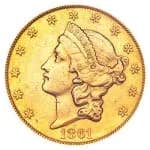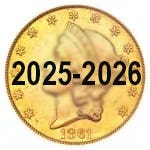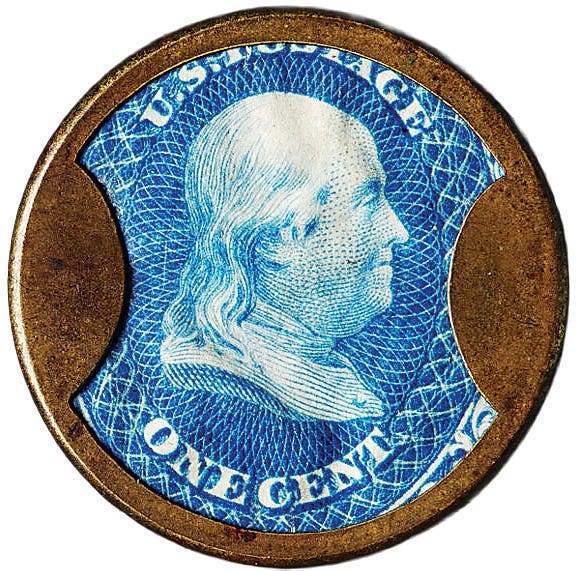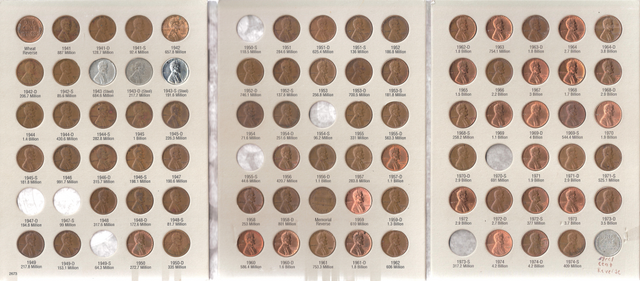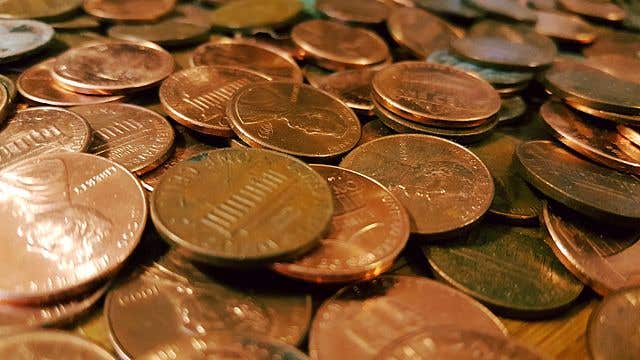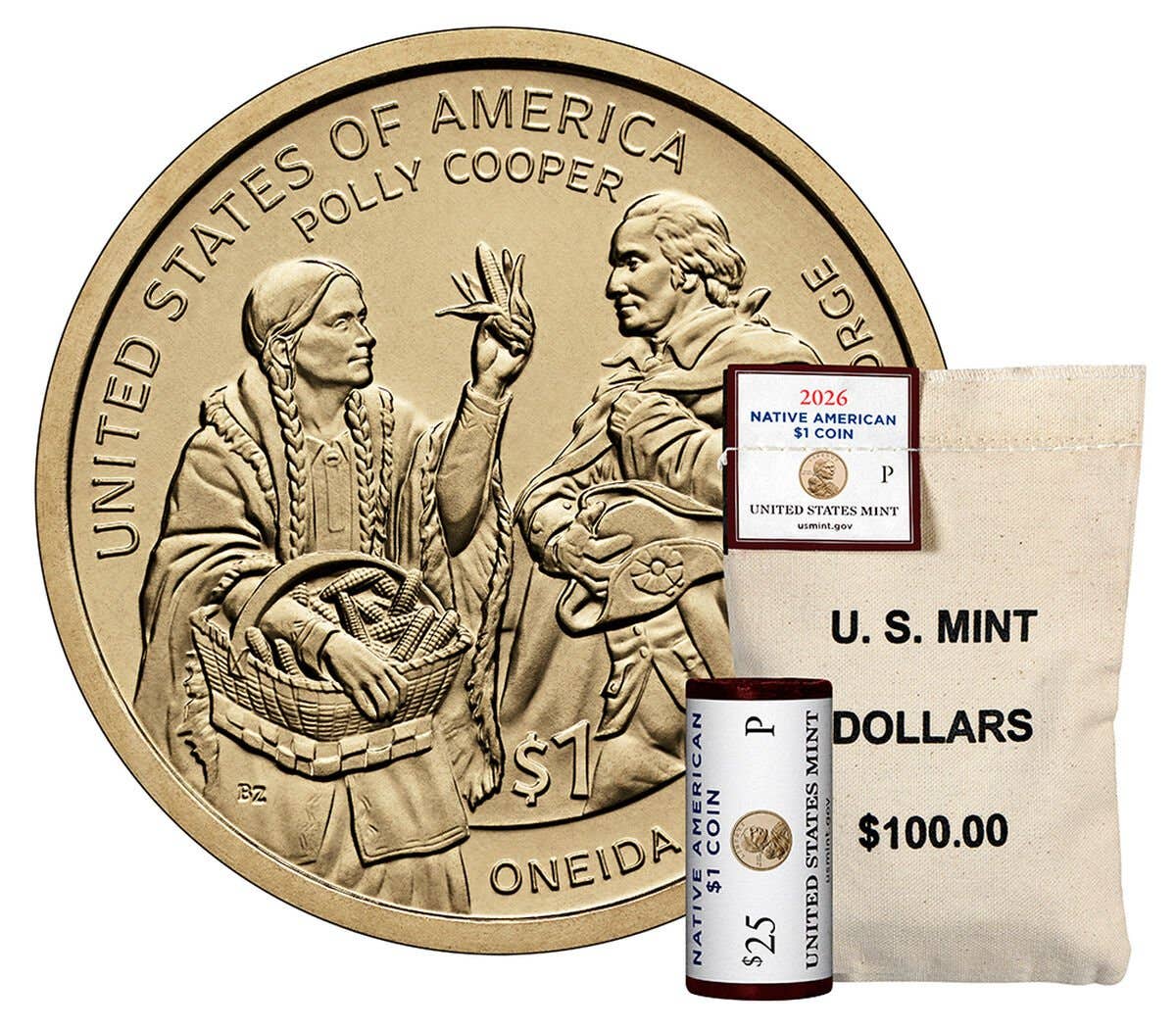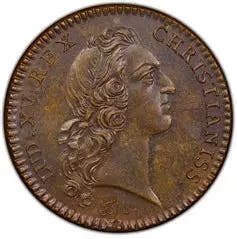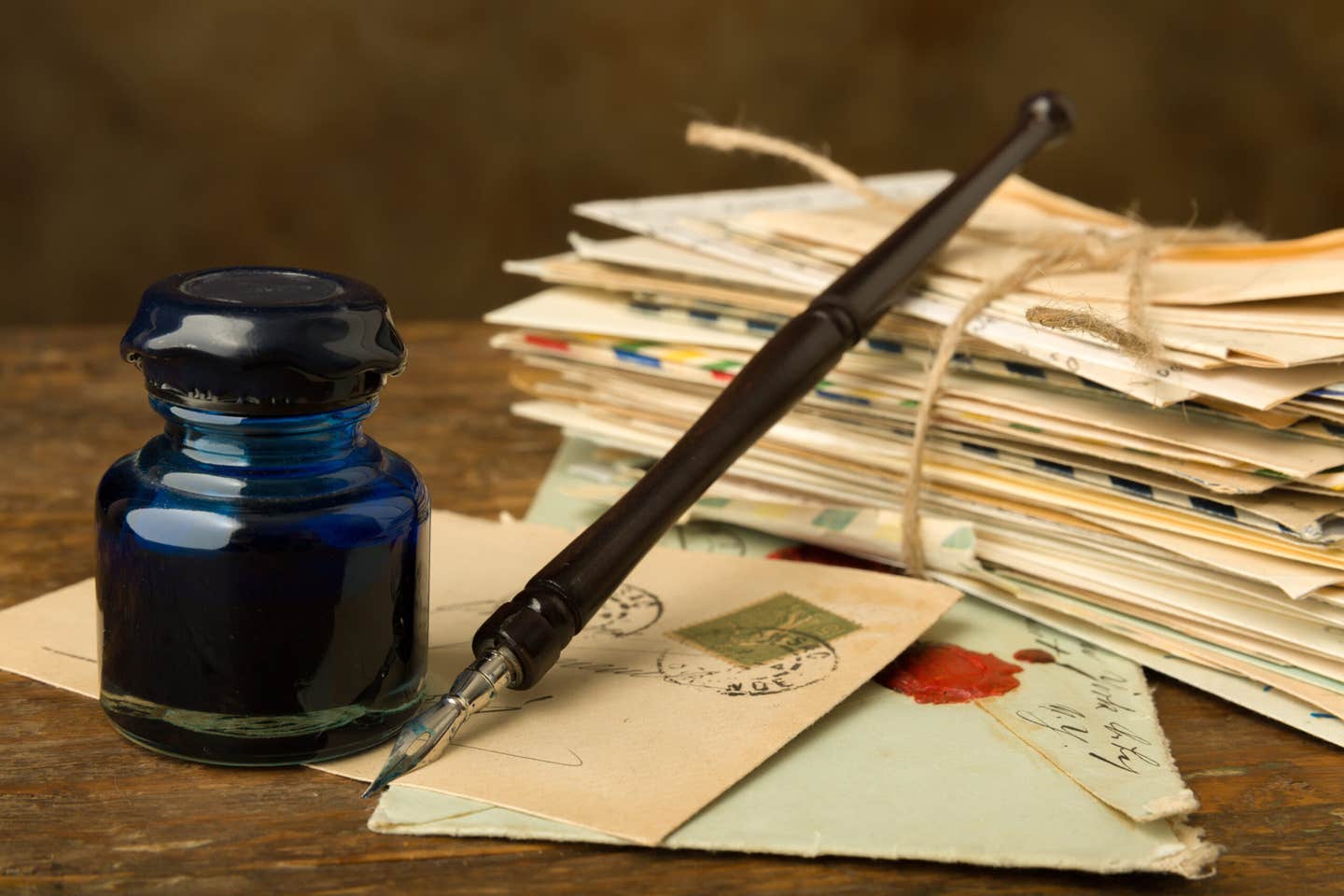CoinClinic: Gold and Silver, or Gold and Copper?
CoinClinic explores why not all that glitters is gold—or silver—in the hobby.
Was there a function other than as propaganda for the 1838 Am I Not a Woman and a Sister anti-slavery tokens?
The brass 1 3/16-inch tokens were sold at anti-slavery fairs organized by abolitionist women to raise funds for their cause. The ‘N’ in the legend’ United States’ on the reverse is backwards, an effort to avoid being accused of counterfeiting contemporary large cents.
I don’t get it. The earliest of the American Arts gold medals were comprised of gold with some copper, while the later medals are gold mixed with silver alloy. Why don’t the gold and silver medals trade for a higher price?
The 1980 one-ounce medallions include a tenth of an ounce of copper and an ounce of gold, while the early half-ounce medallions contain a 20th of an ounce of copper and half an ounce of gold. The weight of the silver in the issues beginning in 1981 is the same as that of the copper in the earlier issues. Logic suggests this should make these medals slightly higher in value than their gold-copper counterparts, but it doesn’t appear to matter to buyers.
Our circulating gold coins are comprised of gold with some copper alloy. If copper spots appear on the surface, will this impact the value of that coin?
Just as some collectors like toned silver coins while others prefer them to be ‘white,’ gold coins on which copper spots appear are preferred by some collectors, while others don’t like them. The bottom line to a collector willing to own copper-spotted gold coins is that the collector is assured that the ‘original skin’ is on the coin. In other words, the coin has not been improperly cleaned.
Why is it that copper spots appear on some of our circulation strike gold coins, while these spots do not appear on others?
Such spots or streaks are caused by a concentration of the copper-silver alloy mixed with the gold. In an ideal world, the metals would mix evenly, but in fact, this didn’t always happen. Since the copper reacts with the environment, when this metal is at the surface of the coin, it may tone to a deeper red or orange color.
You said copper spots or streaks. How could streaks rather than spots of copper appear on the surface of a gold coin?
Streaking of the copper alloy in a gold coin would result from an area of copper mixing into the gold that was rolled out onto the strip at the time that strip was being prepared to be punched into coinage blanks.
How can I be certain my Uncirculated gold coin is original rather than having been expertly cleaned, likely to remove copper spots?
What is called the ‘original skin’ of a gold coin is a fine layer on the surface of which a gentle orange-golden haze appears. When a coin has been cleaned, even by an expert, you will likely be able to see this original ‘orange peel’ color deep within the recesses of the date, about the stars, and at other fine points within the design when studying the coin under strong magnification.
You may also like:

